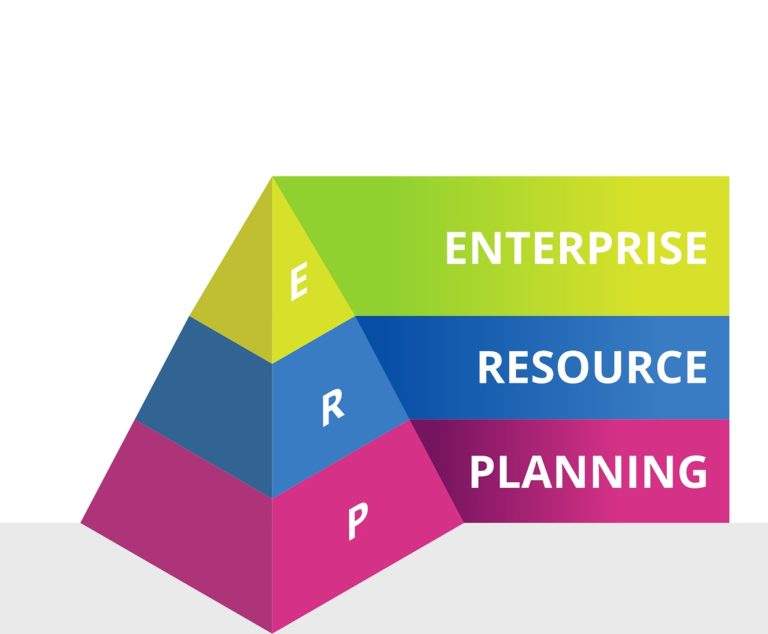Advances in communication technology have helped business establish branches, expand and carry out their operations throughout the world. At present not only a large business house, but also a medium-scale company that has personnel working from various locations, supplies are stored on distant sites, and items sent to Sundry clients worldwide. So they need a software support system that integrates the information produced from and the process followed in business units that are geographically spread. This helps to streamline their daily operations. Company-ERP resource planning – is a software system that reaches this goal.
Company resource planning software (ERP) has a core, centralized data storage unit that collects and also provides information from and to various segmented business units of an organization which all operates on the general computing platform. ERP software architecture obtains and supplies data from various servers or software applications that serve individual units. This data can produce from various business units, both inside and outside the organization – from customer relations management (CRM) and human resource management to supply chain management, warehouse management, and finance.
Company resource planning architecture (ERP) usually consists of these features:
1. Integrated and functioning in real time without the need for batch updates
2. Allows all applications to access one database, which in turn prevents instances from various Data Generation Definitions
3. Allows users to access any information anytime without the information security department intervention
Company resource planning – ERP architecture forms most IT investments in many organizations today. Information integration is the core function of such a system. This integration allows easy access to data and thus facilitates structured workflows. The company’s resource planning software also allows the main decision makers in a company to obtain bird eye views on how businesses occur in many functional units, analyze data, and then arrive at the information decision.




Comments are closed.